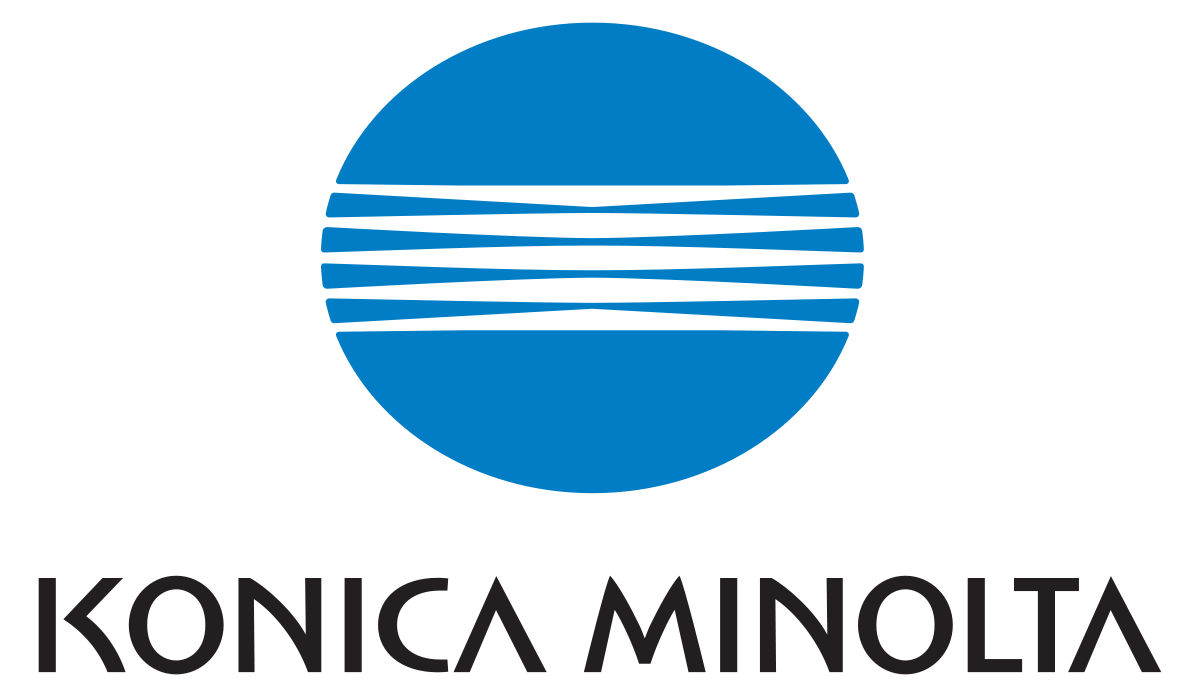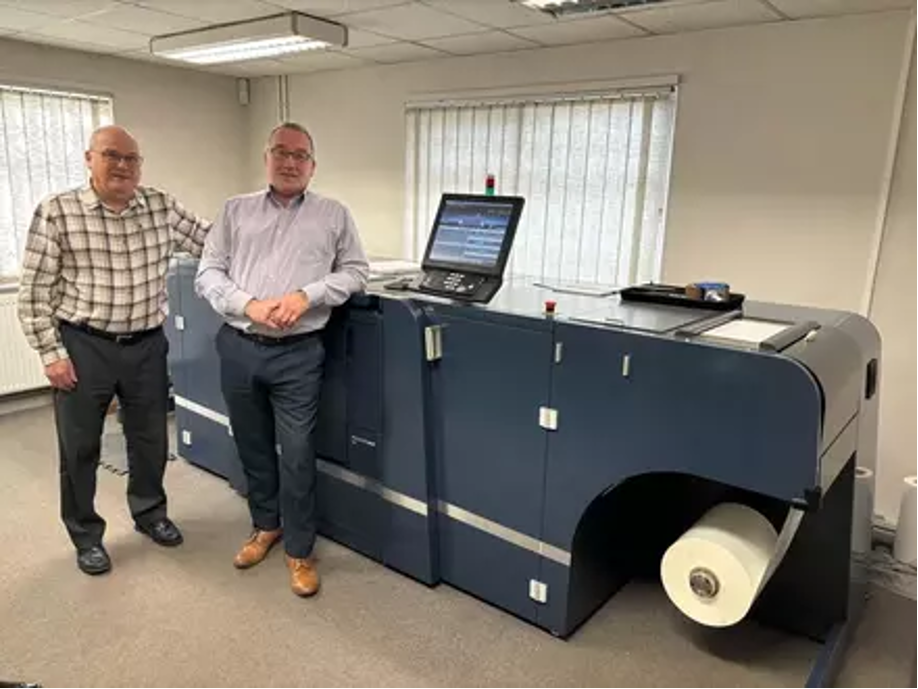In-plant managers often talk about the challenge of outsourcing print orders. Even when their printing resources are in-house, companies still outsource. There are many reasons for this, such as limited in-house capabilities, color quality and consistency, volume or media requirements. In some cases, the reason is due to the perception of the in-plant and the lack of understanding among organizational departments about what services the in-plant print department actually offers.
[Tweet “If you aren’t understanding and delivering on your clients’ true needs you are not adding value”]
Overcoming these challenges is key to any in-plant’s success and can turn it from a cost center into a profit center. Here are four tips from some of the most successful in-house printing departments:
 Know who your customers are – The best in-plants make it their business to know their customers. Steve Dimond, manager, MIT CopyTech and past president of the Association of College & University Printers, has made a career of focusing on serving the needs of university professors and students. Steve’s philosophy is that by partnering with his customers on campus to truly understand their needs, he is serving the university, its faculty, and students at the highest level possible. Steve, a 30-plus-year print industry veteran, always says, “If you aren’t understanding and delivering on your clients’ true needs, you are not adding value and your service becomes a simple commodity.”
Know who your customers are – The best in-plants make it their business to know their customers. Steve Dimond, manager, MIT CopyTech and past president of the Association of College & University Printers, has made a career of focusing on serving the needs of university professors and students. Steve’s philosophy is that by partnering with his customers on campus to truly understand their needs, he is serving the university, its faculty, and students at the highest level possible. Steve, a 30-plus-year print industry veteran, always says, “If you aren’t understanding and delivering on your clients’ true needs, you are not adding value and your service becomes a simple commodity.”
- Partner with organizational departments – Teri Oliver, print and design manager for Ohio Health, and her associates partner with each department within the organization. This helps the in-plant better meet departmental needs, showcase their capabilities and keep business in-house. “You have to make the process streamlined for the departments; the key is to keep knocking on that door, prove the value that you can provide along with the cost savings, over and over again,” says Teri.
- Align with marketing – Debbie Pavletich, former president of In-Plant Printing and Mailing Association and graphic services manager at Briggs & Stratton Graphics Services, positioned a member of her in-plant within the marketing department to be involved with marketing campaigns as they develop. Initially, the in-plant department printed technical publications and production materials, but expanded to produce marketing materials when moving this function in-house identified cost savings. Debbie says, “Integrating within your organization is the key to your success. Do whatever it takes to satisfy your customer’s needs, add value and be viewed as an essential partner to your organization.”
- Be passionate about the customer experience –Oscar Rivera, production manager for United Federation of Teachers, ensures that the customer experience is a priority throughout his operation. According to Oscar, follow-up calls and emails, whether to directly address a concern or simply to check in, help his internal clients know that the in-plant is supporting them. Oscar believes that anything is possible when a department communicates and pulls together as a team.
In-plant printing departments that understand the needs of the organizational departments they serve and partner with them have been able to successfully transform into profit centers for their company. This also allows in-plants to grow and expand services to meet their company’s long-term needs.
For more information on how in-plants can transform into profit centers, read my series in OutputLinks.
Join the conversation @BarbStainbrook. #inplants #printing #technology #CX
Barbara Stainbrook is responsible for Konica Minolta’s national production print direct sales and partnership alliances focusing on production print solutions and facilities management partners. She is a Women of Distinction Award recipient and will watch any movie starring Morgan Freeman.
 Barbara Stainbrook, Senior Vice President, U.S. Direct Sales
Barbara Stainbrook, Senior Vice President, U.S. Direct Sales


